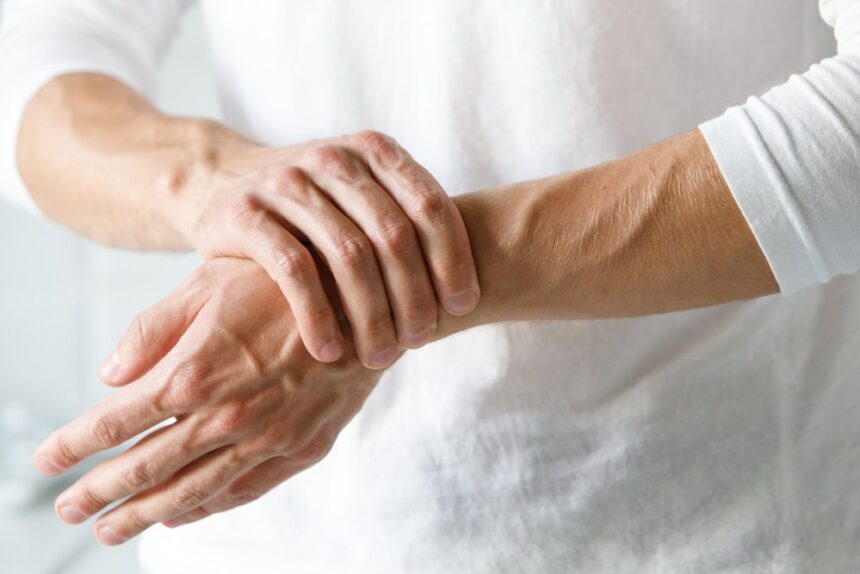Arthritis affects millions of people globally and is a leading cause of joint discomfort, decreased mobility, and reduced quality of life. It can impact people of all ages and backgrounds. It often brings daily challenges that disrupt basic activities such as walking, climbing stairs, and self-care.
What Is Arthritis?
Arthritis refers to a group of conditions primarily affecting the joints and nearby tissues. The most common form is osteoarthritis, which develops as cartilage cushioning the ends of bones wears down over time. This can affect weight-bearing joints such as knees, hips, and the spine. Rheumatoid arthritis is an autoimmune disease in which the immune system attacks the lining of joints, causing inflammation and joint damage.
Risk factors vary depending on the type. Osteoarthritis is strongly associated with aging, joint overuse, or injuries that damage cartilage. Rheumatoid arthritis and other inflammatory types are influenced by genetic factors. Carrying excess body weight places additional strain on joints, particularly the knees and hips, increasing the likelihood of osteoarthritis.
How Does It Affect Life?
Common symptoms include joint pain that ranges from mild aching to severe discomfort. Pain can be persistent or fluctuate and may interfere with daily activities or sleep. Swelling and tenderness around joints are frequent, sometimes accompanied by redness and warmth, especially during flare-ups.
Limited range of motion is another characteristic feature, making it challenging to bend, stretch, or rotate affected joints. This restriction can impact mobility, strength, and the ability to perform everyday tasks. For some, the feeling of instability or joints “giving way” can increase the risk of falls or injuries.
How Is It Treated?
Arthritis treatment aims to reduce symptoms, improve quality of life, and preserve joint function. Management strategies depend on the type and severity of arthritis and usually involve a combination of approaches. Medications are frequently used, ranging from nonprescription pain relievers and anti-inflammatory drugs to prescription options for certain types like rheumatoid arthritis. Topical treatments applied directly to the skin over affected joints may help with localized pain.
Physical therapy can be an effective part of care, teaching exercises that maintain mobility, strengthen the muscles that support joints, and prevent joint overuse. Exercise tailored for arthritis can help maintain joint flexibility and support overall physical health. Strengthening exercises build the muscles around affected joints, while range-of-motion exercises help avert stiffness. People with arthritis are often encouraged to participate in activities with minimal joint impact.
Lifestyle measures may also play a role in managing arthritis. Managing weight alleviates stress on the hips, knees, and spine. Protecting joints through proper techniques, such as using assistive devices or modifying movement, can reduce pain and further damage. Some people explore complementary therapies such as joint injections. While these may provide symptom relief, they should be discussed with healthcare providers, especially in combination with standard treatments.
Consult a Pain Management Specialist
If arthritis symptoms are persistent or disruptive, consultation with a pain management specialist may support more effective symptom control and help preserve mobility. Working closely with healthcare professionals can provide access to a range of therapies tailored to individual needs. Treatment regimens recommended by a medical professional can support both symptom relief and long-term joint health.









